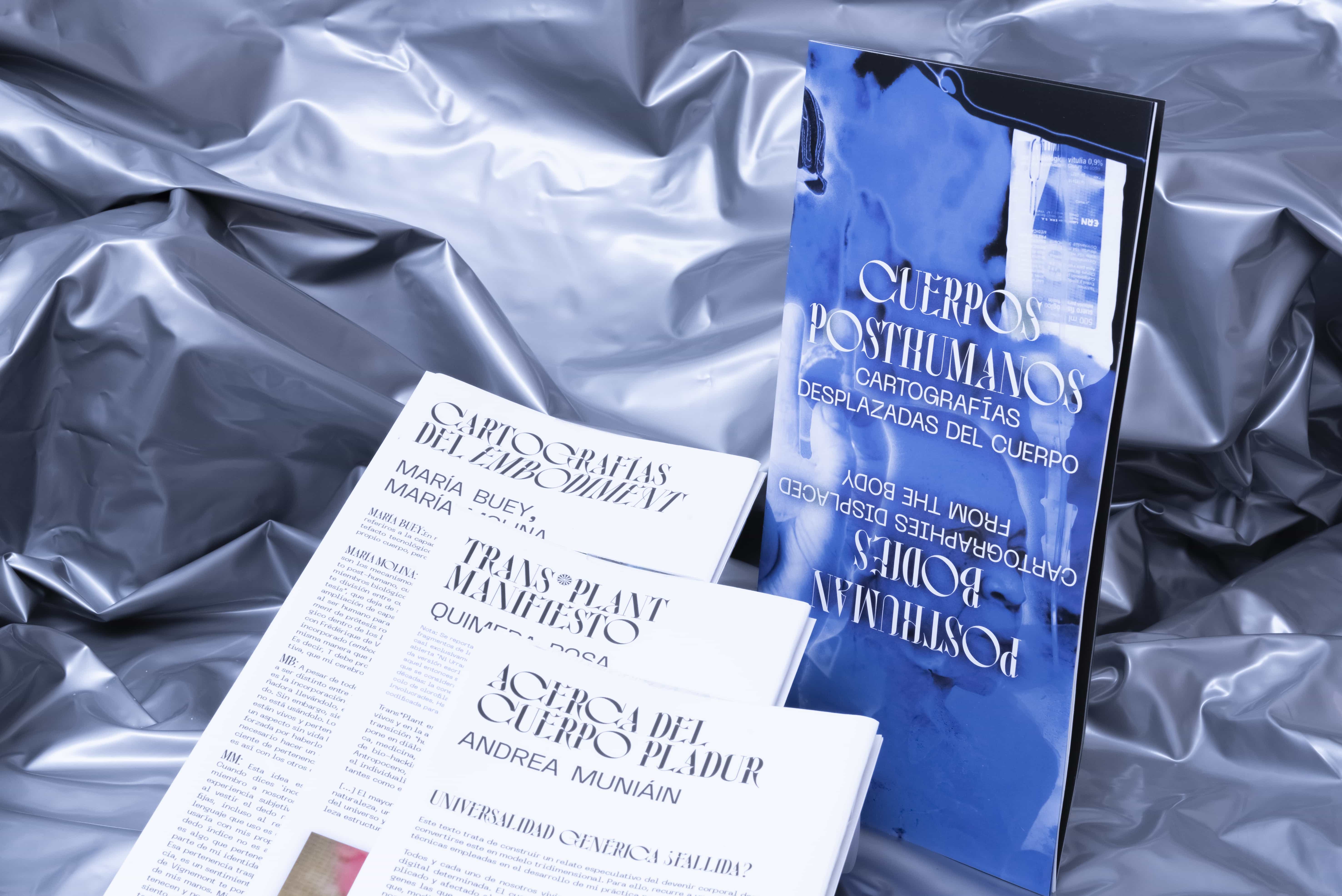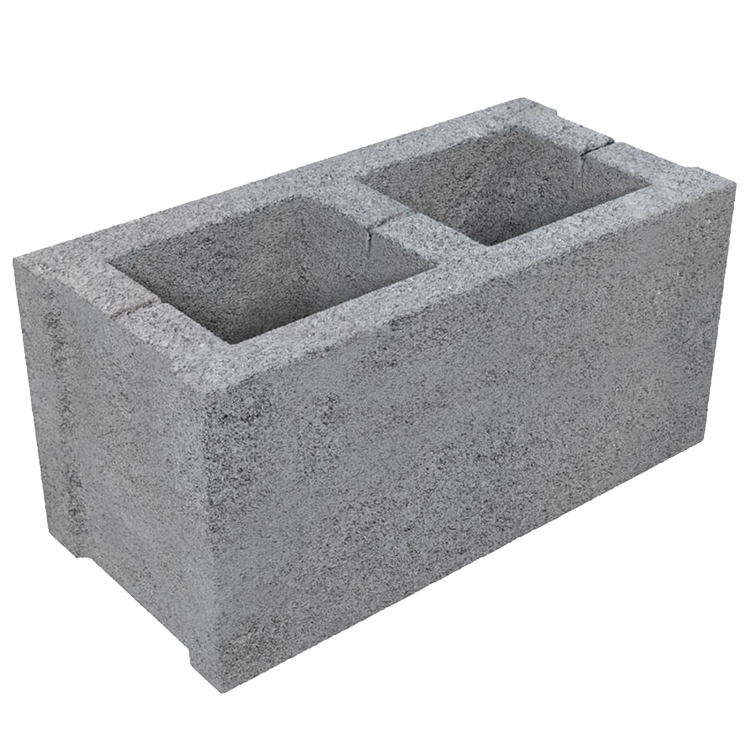Atlas menor #02. Cuerpos posthumanos
Minor Atlas #02. Posthuman Bodies
Institute for Postnatural Studies (ed.)
12,00 € + envío/shipping ︎︎︎ Comprar
En su obsesión por clasificar y ordenar
la naturaleza, uno de los objetivos de la ciencia ha sido elaborar una taxonomía de los cuerpos. A través de sus sistemas de representación y de sus dispositivos de exposición, las cartografías del cuerpo normativo reflejan la violencia extractivista del método científico. Esta publicación pretende ser un desplazamiento del mapa, un cuestionamiento de las cartografías de los cuerpos. ¿Qué cuerpos se visibilizan u ocultan en los dispositivos de exposición del mundo natural? ¿Qué espacios de pensamiento nos permiten habitar las taxonomías de la ciencia? O más bien, ¿cuáles se escapan a ellas?
El trabajo de Andrea Muniaín, Quimera Rosa, y María Molina + María Buey constituyen el segundo volumen del Atlas Menor acompañados del texto Territorios Sintéticos, de Blanca Pujals. Mapas y cartografías que desplazan el cuerpo hacia otros territorios, sintéticos, ciborgs, posthumanos.
In its obsession to classify and find an underlying order to nature, one of the objectives of science has been to develop a system of taxonomies for bodies. Through their representation systems and the devices used for their exhibition, cartographies of the normative body reflect the extractivist violence of the scientific method. This publication is intended as a displacement of the map, i.e., a questioning of the cartographies from the bodily perspective. Which bodies are visible or hidden in devices that exhibit the natural world? What spaces of thought allow us to inhabit the taxonomies of science? Or rather, which ones escape them?
Andrea Muniain brings us closer to her idea of the ‘plasterboard-body’ through photogrammetry, ‘a process that allows us to convert a series of interrelated photographs of a given physical object into a digital three-dimensional model of that same object’. Blanca Pujals also investigates how human manipulation, in her case in the transformation of the atmosphere and the territory that our bodies inhabit, happens involuntarily, politically and slowly. Quimera Rosa, with their performances and biohacking practices, propose an ‘intravenous’ body. The artists submit their bodies to a risky scientific-artistic experiment to ‘live’ the reaction of the human body when receiving chlorophyll in their blood. María Buey and María Molina dialogue around the concept of embodiment, to understand how the human mind incorporates a technological or ciborg annex to the gesturality of the body.
![Institute of Postnatural Studies, Blanca Pujals, Andrea Muniain, Quimera Rosa, María Buey]()
![]()
![Blanca Pujals, bartlebooth]()
![Institute of Postnatural Studies, Blanca Pujals, Andrea Muniain, Quimera Rosa, María Buey]()
![Andrea Muniain, Bartlebooth]()
Contribuciones Andrea Muniaín, Quimera Rosa, María Molina + María Buey y Blanca Pujals
Editoras invitadas Institute for Postnatural Studies
Diseño y edición Antonio Giráldez López, Pablo Ibáñez Ferrera
Traducción Akshid Rajendran
Dep.Legal LU 136-2020
Proyecto financiado por Ayudas Creación Injuve
El trabajo de Andrea Muniaín, Quimera Rosa, y María Molina + María Buey constituyen el segundo volumen del Atlas Menor acompañados del texto Territorios Sintéticos, de Blanca Pujals. Mapas y cartografías que desplazan el cuerpo hacia otros territorios, sintéticos, ciborgs, posthumanos.
In its obsession to classify and find an underlying order to nature, one of the objectives of science has been to develop a system of taxonomies for bodies. Through their representation systems and the devices used for their exhibition, cartographies of the normative body reflect the extractivist violence of the scientific method. This publication is intended as a displacement of the map, i.e., a questioning of the cartographies from the bodily perspective. Which bodies are visible or hidden in devices that exhibit the natural world? What spaces of thought allow us to inhabit the taxonomies of science? Or rather, which ones escape them?
Andrea Muniain brings us closer to her idea of the ‘plasterboard-body’ through photogrammetry, ‘a process that allows us to convert a series of interrelated photographs of a given physical object into a digital three-dimensional model of that same object’. Blanca Pujals also investigates how human manipulation, in her case in the transformation of the atmosphere and the territory that our bodies inhabit, happens involuntarily, politically and slowly. Quimera Rosa, with their performances and biohacking practices, propose an ‘intravenous’ body. The artists submit their bodies to a risky scientific-artistic experiment to ‘live’ the reaction of the human body when receiving chlorophyll in their blood. María Buey and María Molina dialogue around the concept of embodiment, to understand how the human mind incorporates a technological or ciborg annex to the gesturality of the body.
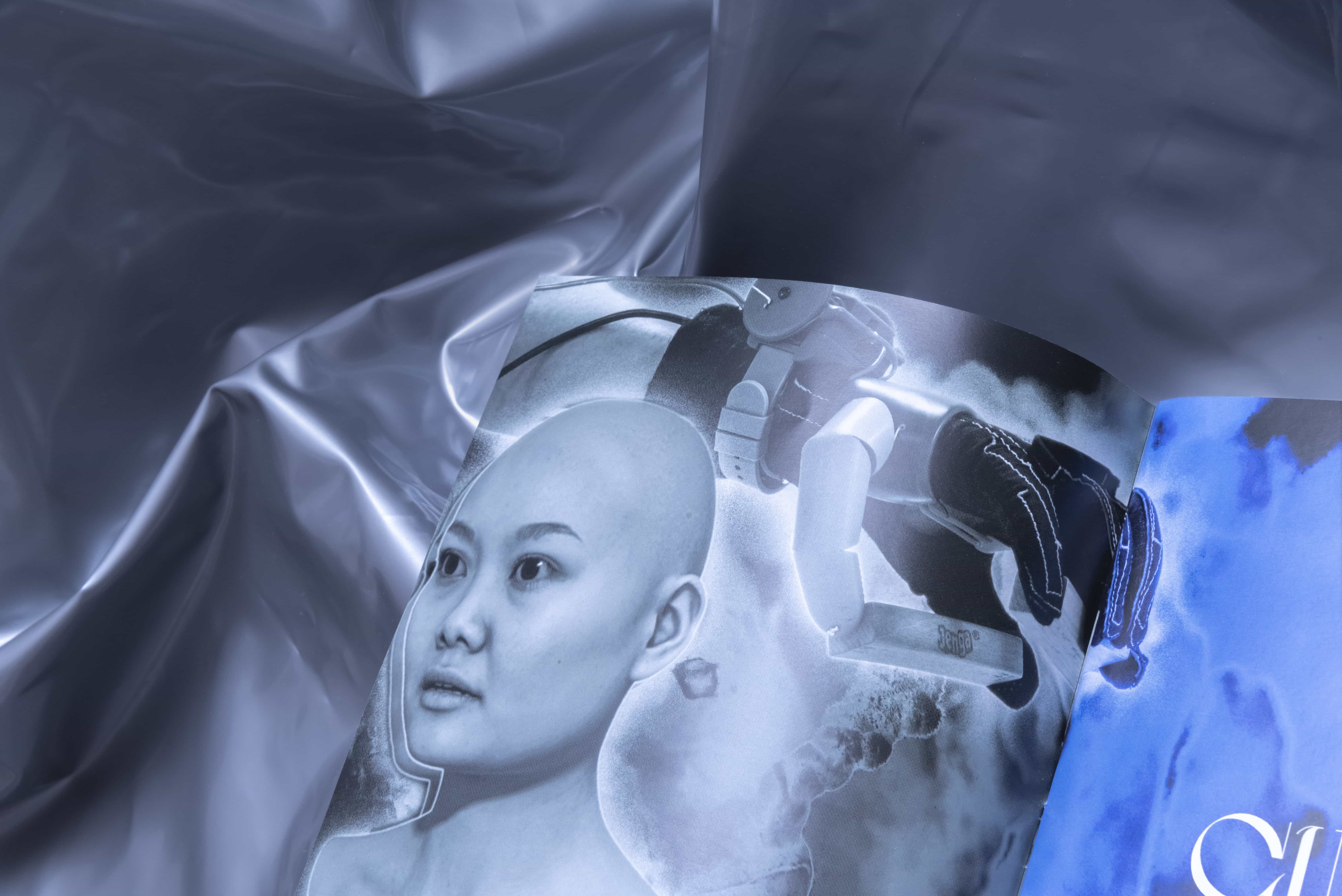
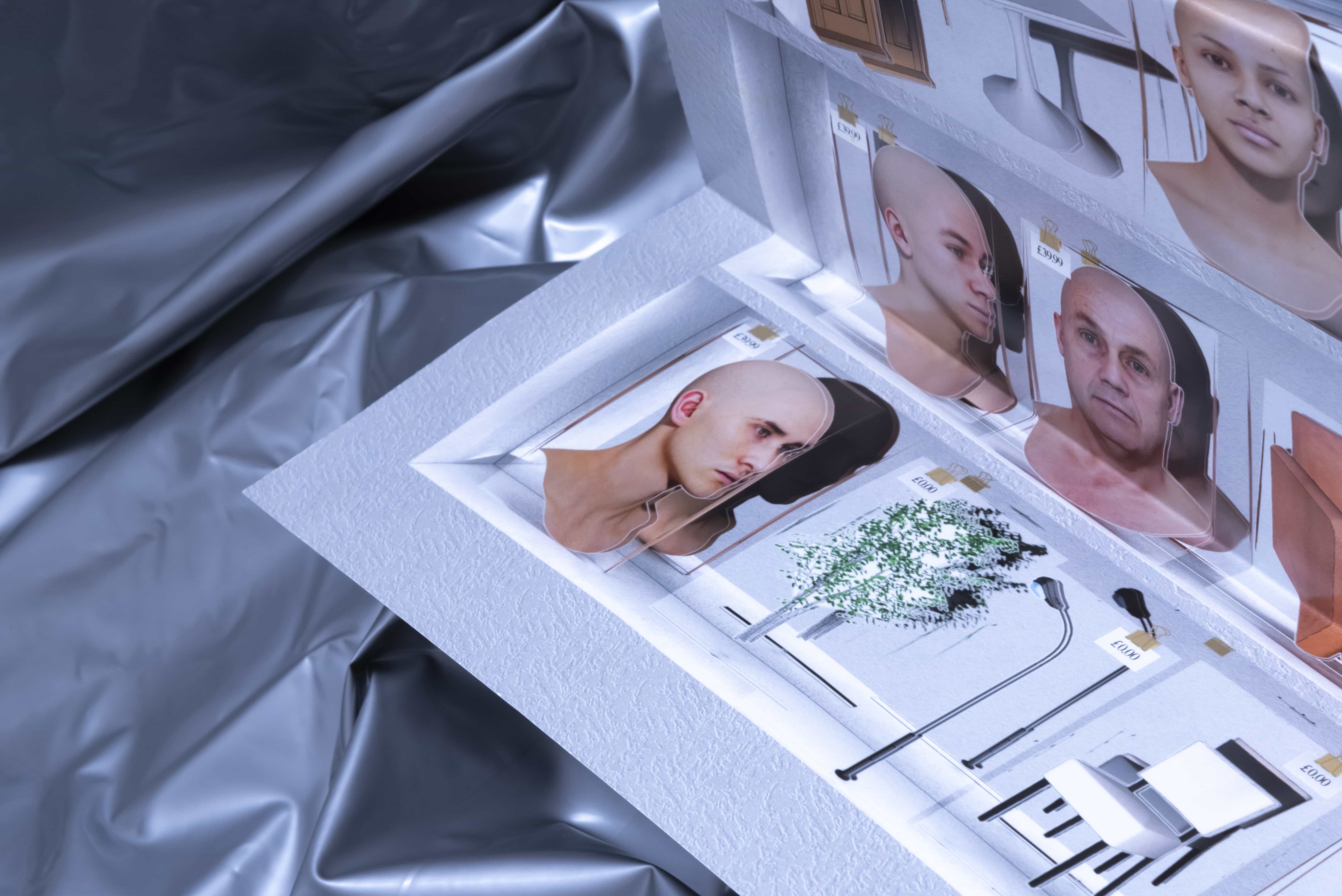
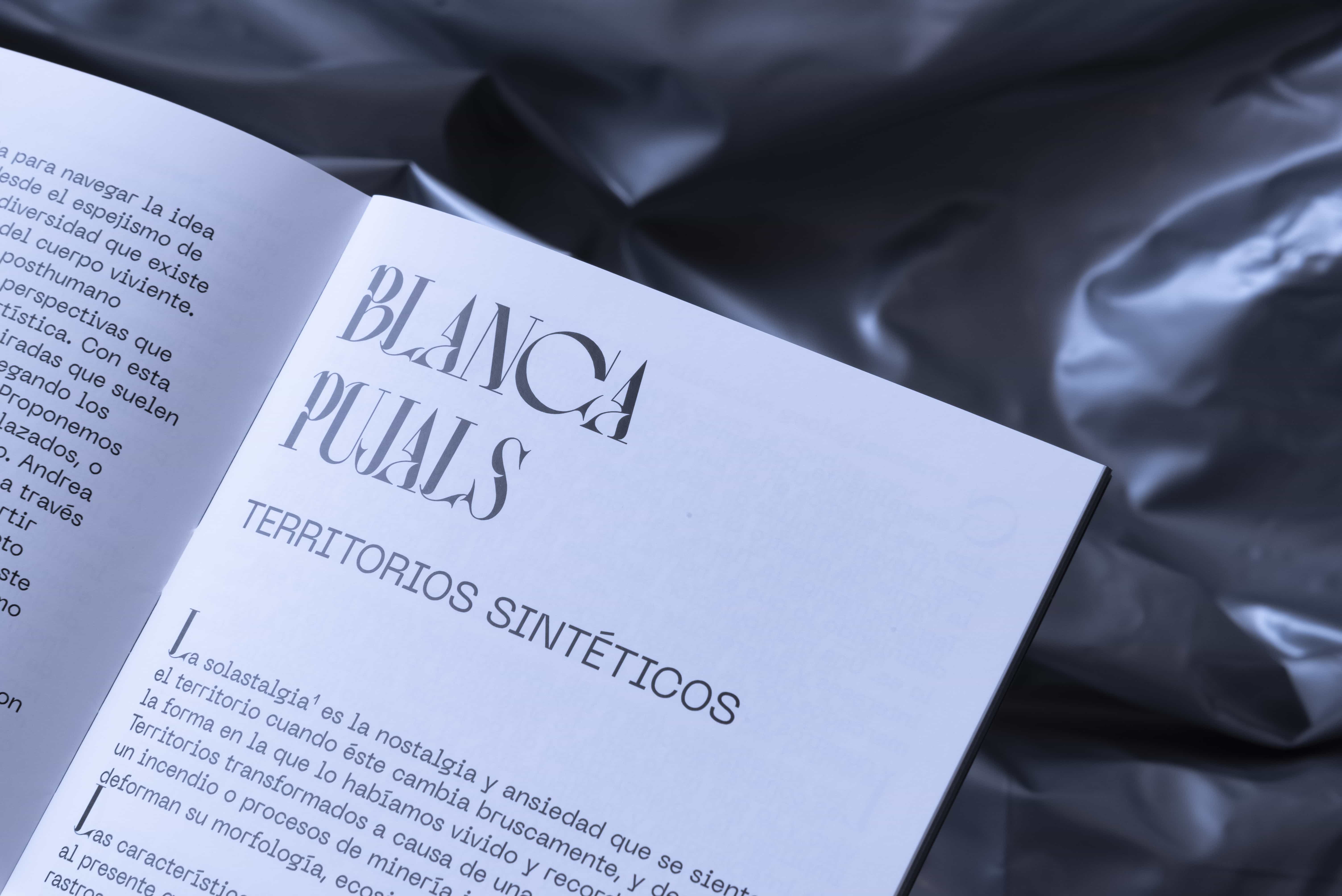
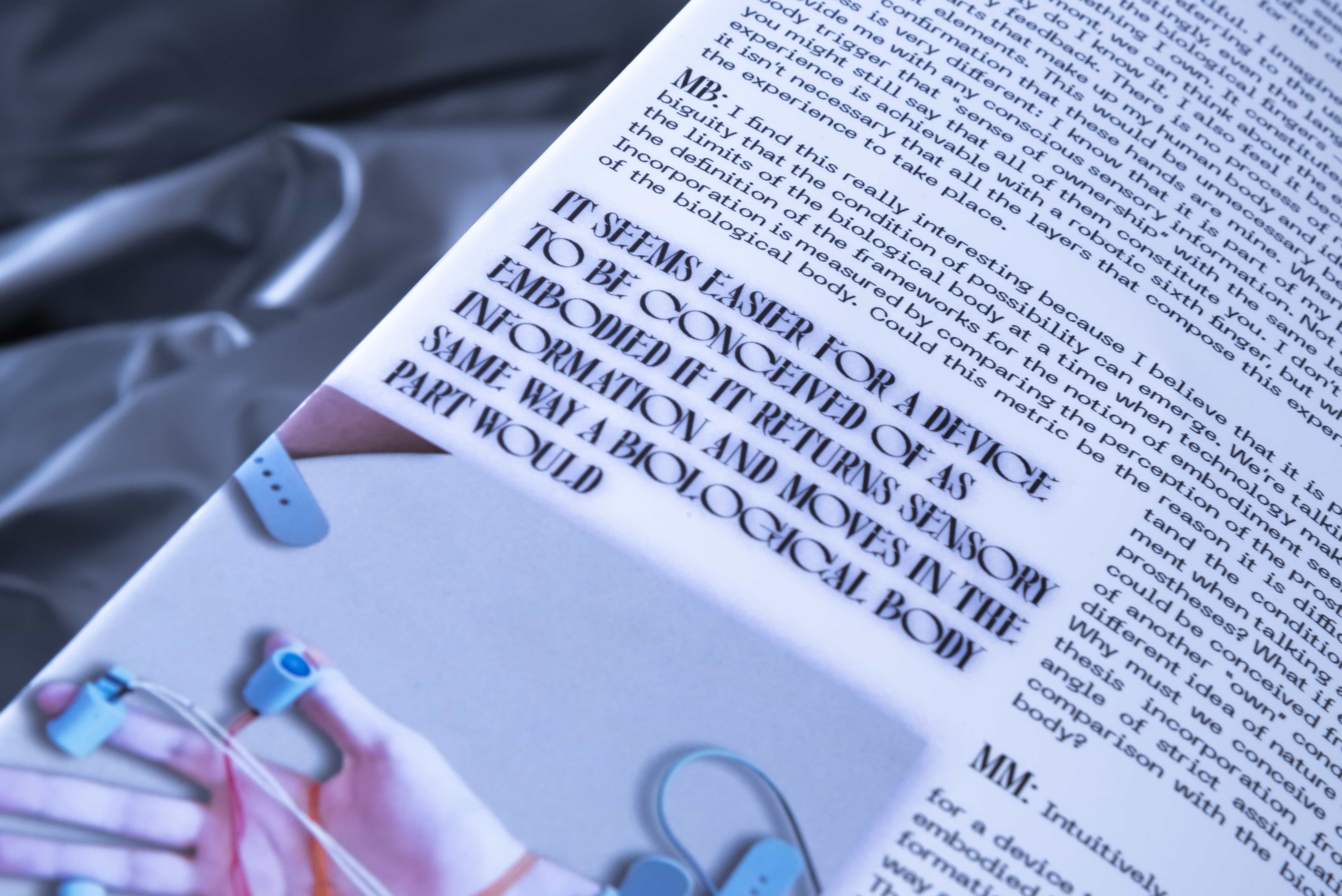
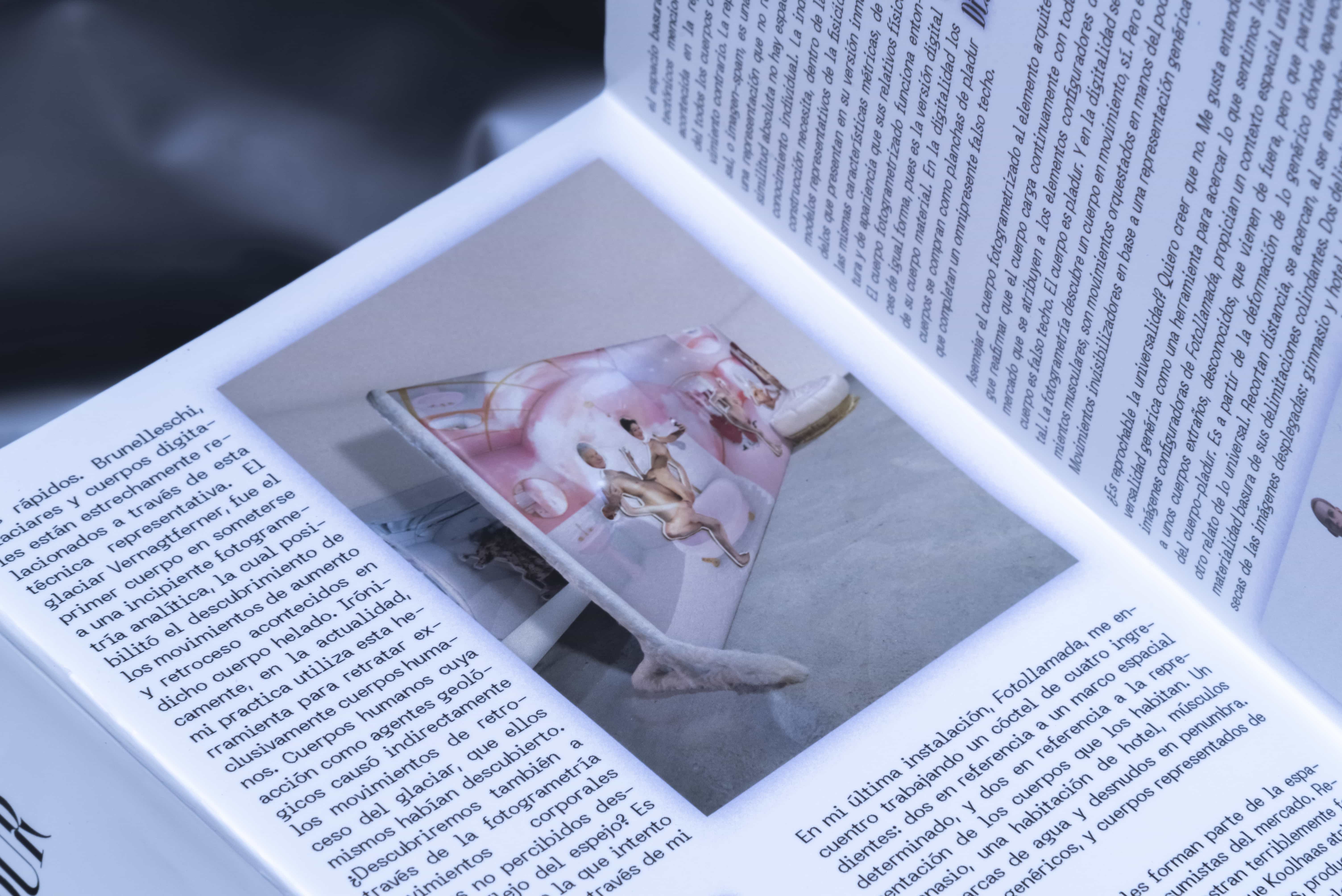
Contribuciones Andrea Muniaín, Quimera Rosa, María Molina + María Buey y Blanca Pujals
Editoras invitadas Institute for Postnatural Studies
Diseño y edición Antonio Giráldez López, Pablo Ibáñez Ferrera
Traducción Akshid Rajendran
Dep.Legal LU 136-2020
Proyecto financiado por Ayudas Creación Injuve
